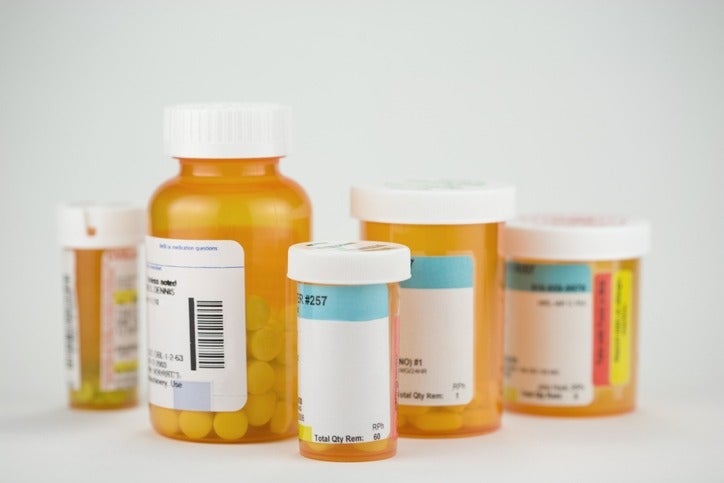Using Medicine Safely

Taking medication correctly means taking the exact amount your doctor prescribes at the correct time. While your doctor and pharmacist play an important role in helping to prevent medication errors, ultimately you are responsible for making sure you take your medicine correctly. These tips can help ensure you use medication safely.
Ask a lot of questions
Before taking a new medication, make sure you know what the medication is for, and the name and contact information of the doctor who prescribed it. Also, it’s important to understand how to take the medication, such as time of day, with or without food, and how to store it properly.
Make a list
To help you manage your medications and avoid harmful drug interactions, list all your medications—including over-the-counter medications—and give a copy to your doctor.
Use a calendar
Create a calendar that helps you remember when to take your medications and when they need to be refilled. Include the exact days and times you’re supposed to take your medication, and keep your calendar in a visible location. Mark the calendar if you miss a dose and remember to bring the calendar with you to your doctor appointment.
Stay organized
Weekly pill organizers are an effective way to keep track of your medications and are especially helpful when you have multiple prescriptions.
Make fewer trips to the pharmacy
Many pharmacies now offer medication synchronization services that allow you to get all your prescriptions onto the same refill schedule. This can be done in either 30- or 90-day supplies. With medication synchronization, you’ll have a more accurate supply of medications and make fewer trips to the pharmacy. Ask your local pharmacist how you can synchronize your prescriptions!
Your pharmacist can help
If you have questions about your medicine after you leave the doctor’s office, the pharmacist can answer many of them. A pharmacist can tell you how and when to take your medicine, whether a drug may change how another medicine you are taking works, and any side effects you might have.
When you have a prescription filled:
- Tell the pharmacist if you have difficulty swallowing pills. There may be liquid medicine available.
- Do not chew, break, or crush tablets without first finding out if the drug will still work.
- Make sure you can read and understand the name of the medicine and the directions on the container.
- Check that you can open the container. If not, ask the pharmacist to put your medicines in bottles that are easier to open.
- Ask about special instructions on where to store a medicine. For example, should it be kept in the refrigerator or in a dry place?
- Check the label on your medicine before leaving the pharmacy. It should have your name on it and the directions given by your doctor.
What you can do
Your doctor has prescribed a medication. The pharmacist has filled the prescription. Now it’s up to you to take the medicine safely.
- Take your medicine in the exact amount and at the time your doctor prescribes.
- Call your doctor right away if you have any problems with your medicine, or if you are worried that it might be doing more harm than good.
- Take your medicine until it's finished, or until your doctor says it's okay to stop.
- Do not skip doses of medication or take half doses to save money. Talk with your doctor or pharmacist if you can’t afford the prescribed medicine. There may be less costly choices or special programs to help with the cost of certain drugs.
- Avoid mixing alcohol and medicine. Some medicines may not work correctly or may make you sick if taken with alcohol.
- Don't take medicines prescribed for another person or give yours to someone else.
- Don’t take medicine in the dark. To avoid making a mistake, turn your light on before reaching for your pills.
- Check the expiration dates on your medicine bottles.
Don't Miss More Health and Wellness Tips!
Want more health and wellness articles, and other important health updates? Sign up to receive them directly to your inbox here!